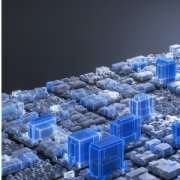Colin Dominish highlights a variety of revenue opportunities that could be realized by applying digital twins to real estate and buildings. He discusses improving building performance and some opportunities to enhance tenant experiences.
Article
Digital Twins for Places: New Revenues Await
Posted April 30, 2023 | Technology | Amplify

Don’t have a login?
Make one! It’s free and gives you access to all Cutter research.


